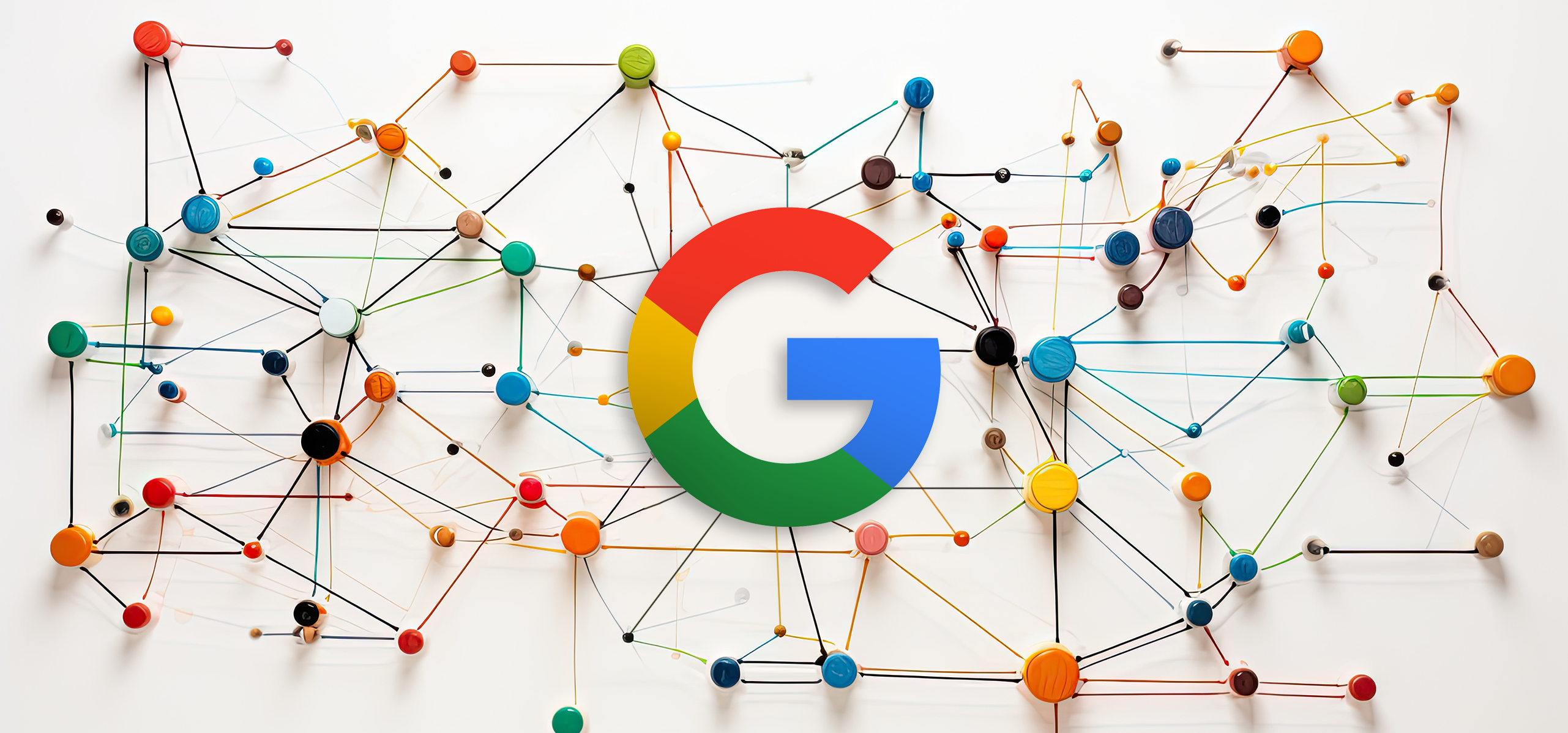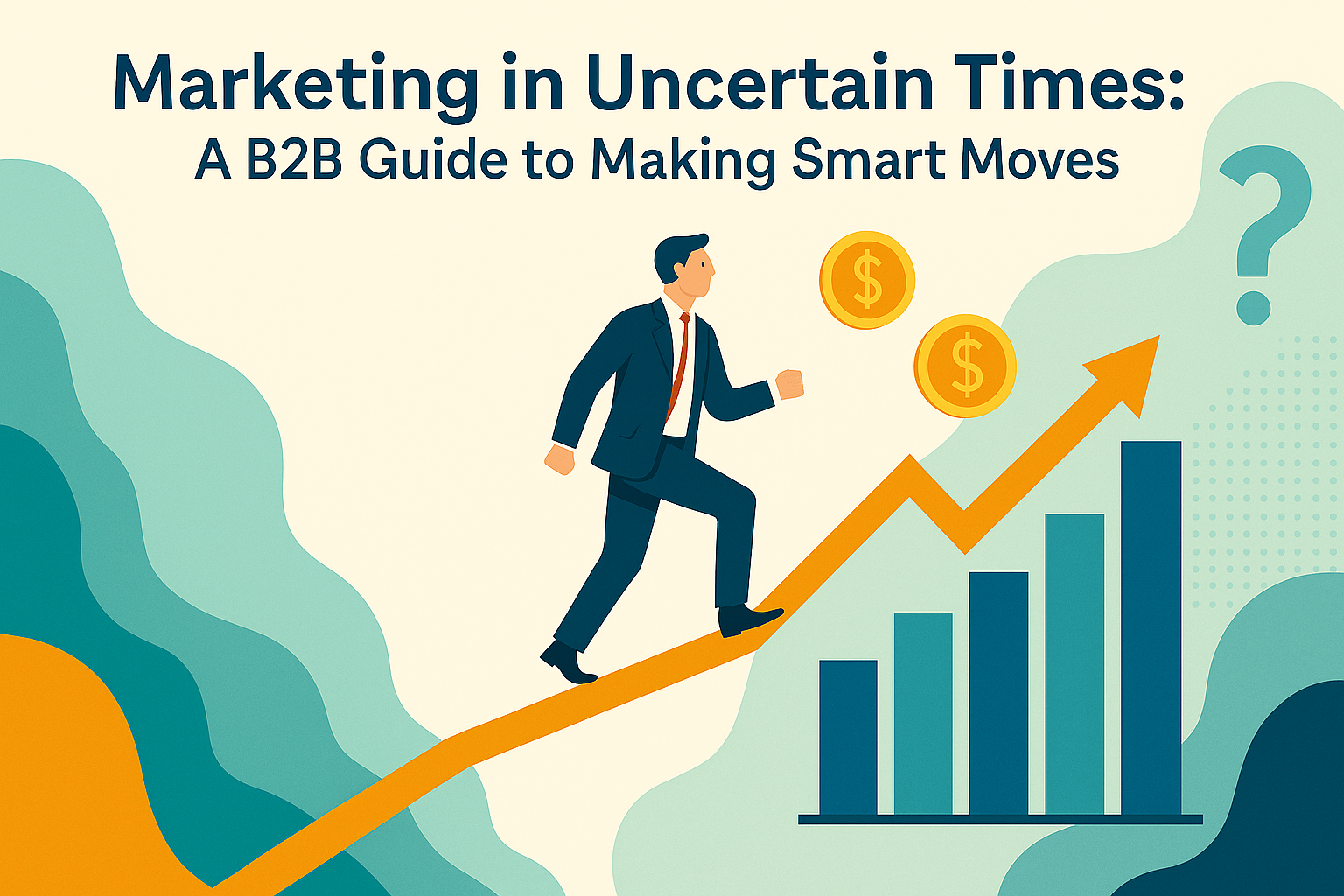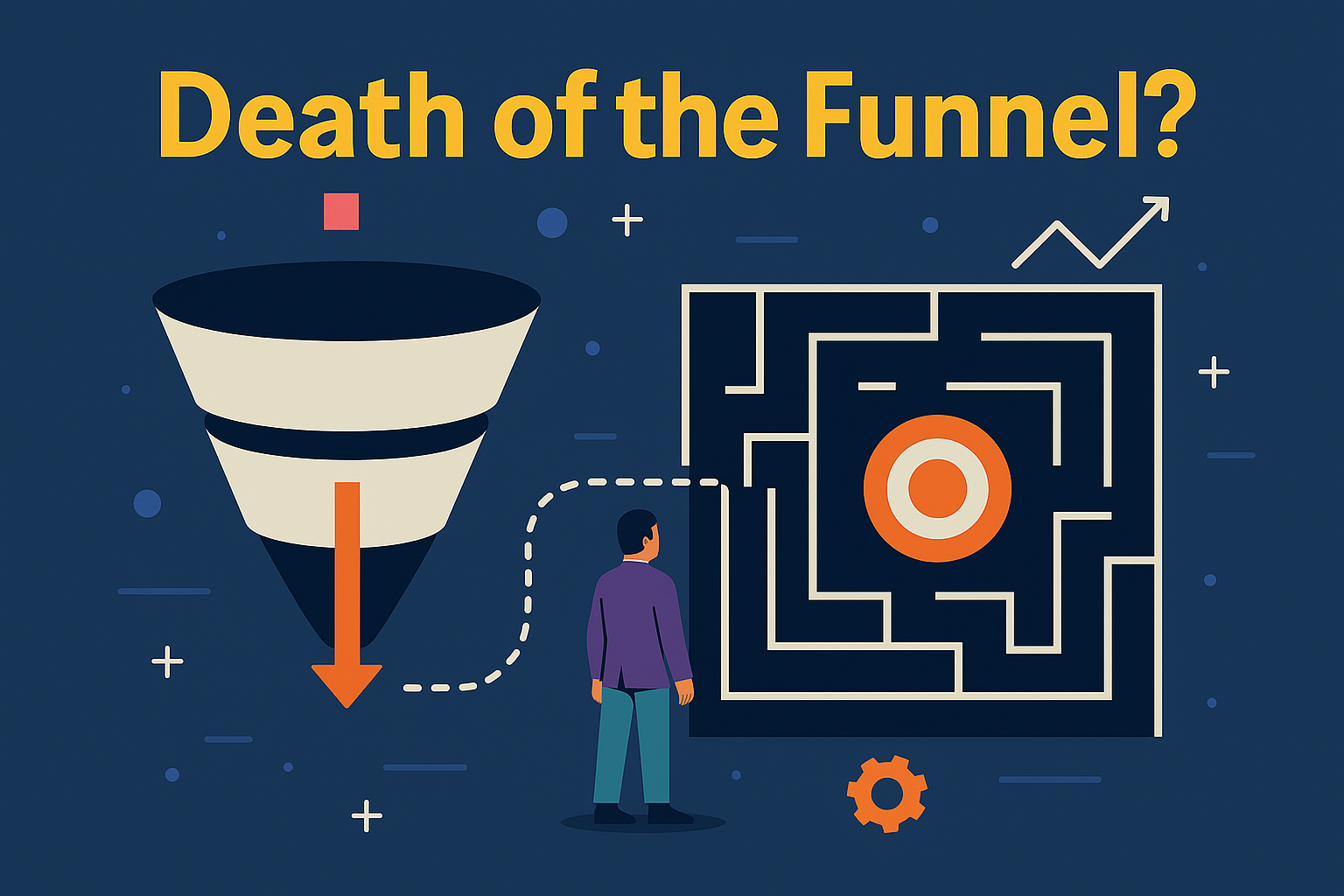A landmark antitrust ruling could reshape how brands buy media—and why now is the time to rethink your Google strategy.
In a landmark case that’s been closely watched across the digital marketing world, Google has been found guilty of monopolizing key parts of the ad tech ecosystem. The U.S. Department of Justice argues that Google has maintained unfair control over the tools used to buy and sell digital ads—hurting both publishers and advertisers.
While the legal details are complex, the impact for brands is potentially massive. We’re entering a new era of media buying—and it’s one that could offer more transparency, competition, and control for advertisers who are ready to evolve.
So, what does this ruling actually mean for your campaigns, your media dollars, and your long-term strategy?
Let’s break it down.
What the Ruling Means (in Plain English)
Here’s what’s on the table following the decision—and why it matters to anyone running digital campaigns:
- Publishers may finally get better revenue options.
For years, Google has operated on both sides of the digital ad exchange—running tools for both buyers and sellers, and in many cases prioritizing its own ad placements. With new scrutiny and possible structural changes, publishers may gain access to more competitive platforms, giving them a better share of the revenue they help create. - Media buyers could see clearer pricing—and more platform choice.
One of the key issues raised in the case is a lack of transparency. Google’s ad tools often functioned like a black box, with limited visibility into auction dynamics and pricing. A more open, competitive marketplace could lead to cleaner pricing models and empower buyers to make smarter, more strategic decisions across multiple platforms. - Google may be forced to break up parts of its ad stack.
At the heart of the DOJ’s argument is the idea that Google’s vertical integration—owning the demand-side platform (DSP), supply-side platform (SSP), and exchange—creates an unfair advantage. If Google is ordered to separate or spin off parts of its ad business, the ripple effects could reshape how programmatic advertising works for everyone.
Why This Matters for Brands
The implications here go far beyond legal headlines. For brands that spend heavily through Google Ads, DV360, and related tools, this moment presents both a challenge and an opportunity.
Even before this ruling, we were having conversations with clients about diversifying their media mix. Now, those discussions feel even more urgent.
Here’s what’s at stake:
- Media performance could shift.
If Google’s tools are forced to operate more independently, we could see changes in targeting, bidding, and optimization—all of which affect ROI. - Budgets need to be more agile.
As the landscape opens up, brands that can quickly test and scale across multiple platforms (beyond just Google) will have a strategic edge. - Brand trust is on the line.
Consumers are increasingly aware of how tech giants operate. Brands that are thoughtful about where and how they show up will be better positioned to build credibility and connection.
We’re helping clients get ahead of this by building more flexible media strategies, investing in platforms with better transparency, and keeping a close eye on where the market is headed next.
Want a Creative POV? We’ve Got One.
The legal case is one side of the story—but the public response is another.
To add some perspective, we asked our Media Director to weigh in on the Google Monopoly ad that dropped alongside the case. It’s a bold, brand-forward move from a company facing major antitrust scrutiny—and we had thoughts.
It’s a quick watch—and definitely worth a listen if you’re curious about how big brands handle big moments.
Final Takeaway
This isn’t just about Google—it’s about the future of digital advertising.
Brands that have relied heavily on a single ecosystem now have a chance (and a reason) to broaden their approach. The coming year will reward those who are proactive, curious, and willing to explore smarter, more resilient media strategies.
If you’re wondering how this might affect your campaigns or where to go from here, let’s talk. We’d love to help you navigate what’s next.










